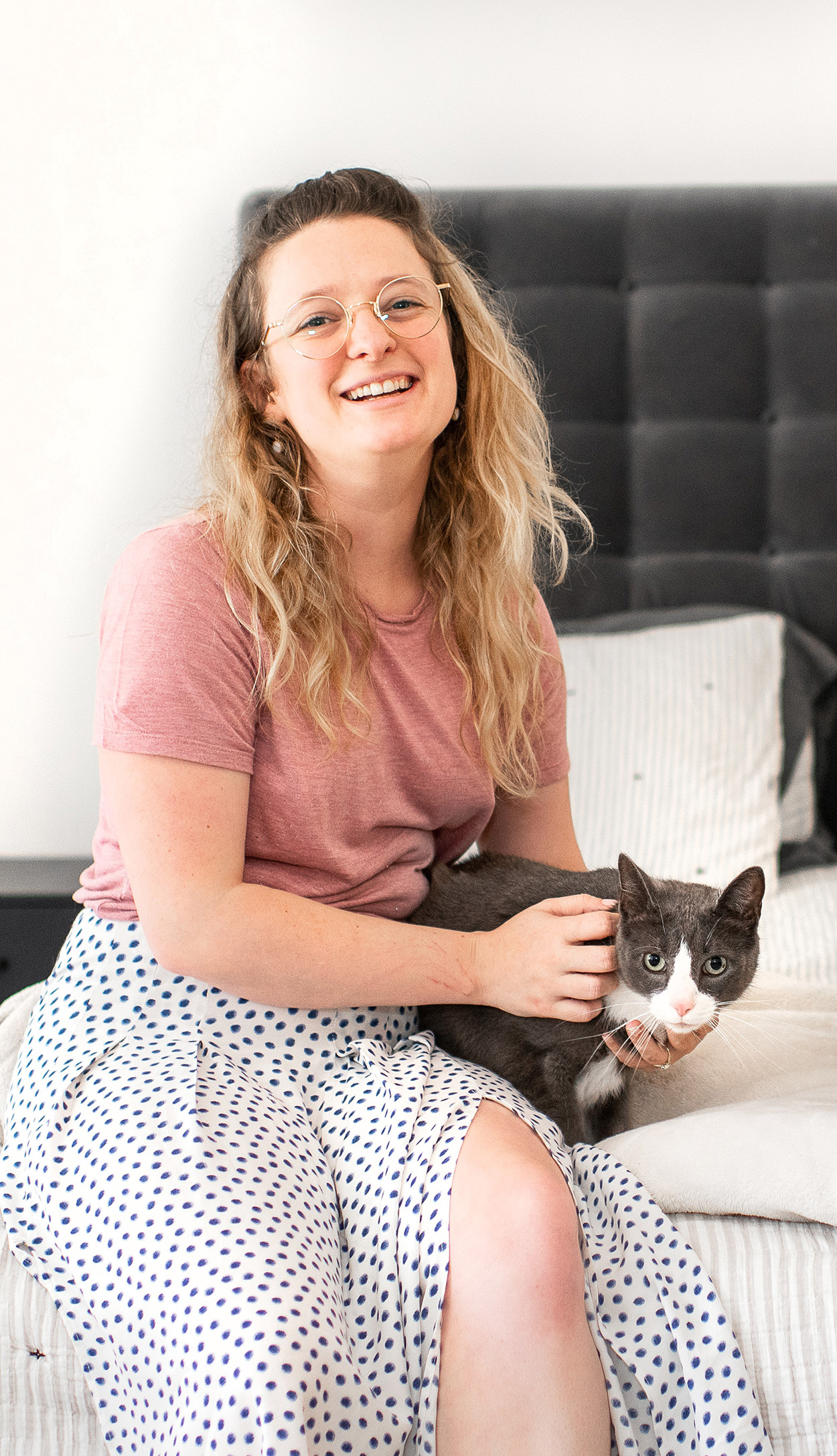Devon Christman is a fourth year Ph.D. candidate in the Department of Education working under the mentorship of Dr. Danielle Harlow. Devon received her B.S. in Physics from Rochester Institute of Technology in 2019 and her M.A. in Education from UC Santa Barbara in 2021. At UCSB she is currently a program coordinator for University Community Links Youth Summit. Devon’s research interests center around informal STEM education with a focus in physics, computer science, and quantum computing at the K-6 level.
GGSE: What sparked your interest in STEM education and the use of educational video games for K-6 students?
Devon Christman: Throughout my education, science has always been my favorite subject. As I got older I noticed my peers becoming less engaged in science classes, and some of my peers vowed to never engage with science concepts after they passed their mandatory STEM courses. By the time I entered middle school, most of my friends dreaded going to science class. I became interested in STEM education because I wanted to better understand what turns people away from science and how we can keep people interested in learning about STEM concepts for longer. In my free time I like to play games, and a lot of the students I work with also like games, no matter how old they are. This sparked my journey to integrate gaming into science classrooms as a way to make STEM fun and engage learners in a more modern way.
GGSE: What was the inspiration behind Quander and what has been your favorite part about working on the project?
Christman: Quander began as a branch off another quantum computing education project I was working on. As part of that project, we were developing classroom resources to help K-12 teachers bring quantum topics into their classrooms. I made a prototype of a tic-tac-toe game that had a probabilistic twist that tied into quantum. From there the group came up with ideas for five different quantum-themed minigames. We combined these games into one world called Quander. We designed the world to feature cute characters and made sure that the games prioritize a fun experience over a learning experience. We didn’t want people playing the games to feel like they were sitting in a classroom or taking a test. My favorite part about the project has been finding ways to balance the educational aspects at an age appropriate level while still creating a fun experience for players.
GGSE: After you graduate, what would you like to do next?
Christman: After I graduate, I hope to keep finding ways to harness the power of fun and play to create joyful and memorable learning experiences for young students. I see myself working in a research role with toy and gaming companies helping designers find ways to allow children to discover and learn.
GGSE: In the time you have for yourself, what do you enjoy doing the most?
Christman: In the time I have for myself I enjoy creating new memories with my husband and my cats. Together we enjoy going for walks, playing games, trying new recipes, painting miniature figurines for Dungeons & Dragons, and quilting.
GGSE: Bonus question! What surprises you most about your research team (your cats: Jeter, Desert Thunder, Mushroom, and Fagin)?
Christman: I am constantly surprised by my research team’s innovation and investigation skills. They are constantly looking for new ways solve problems (like how to open doors, scratch the couch without me noticing, or convince me they haven’t eaten ever). When not coming up with innovative solutions they investigate their surroundings thoroughly (even if it means they get their head stuck in my shoes by doing so).
